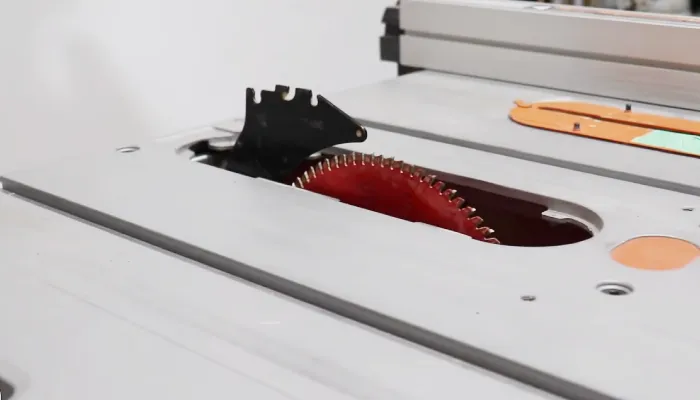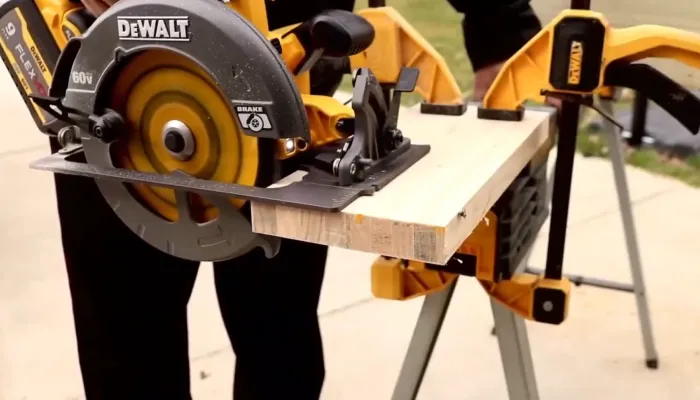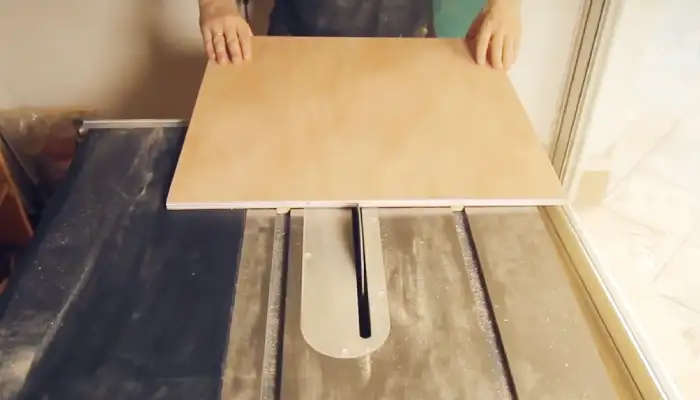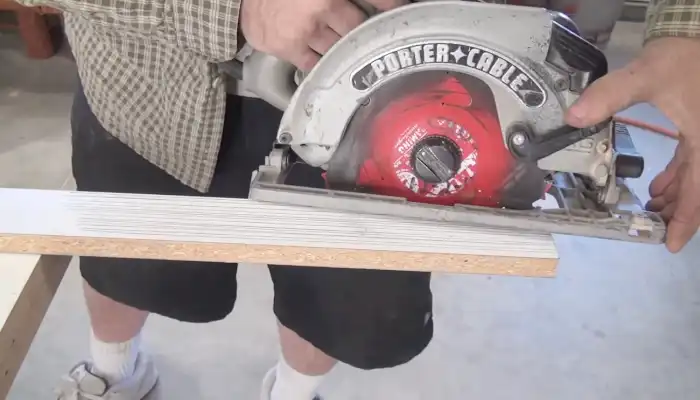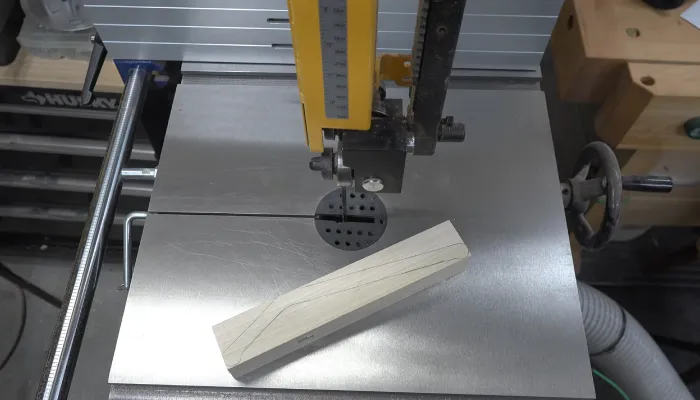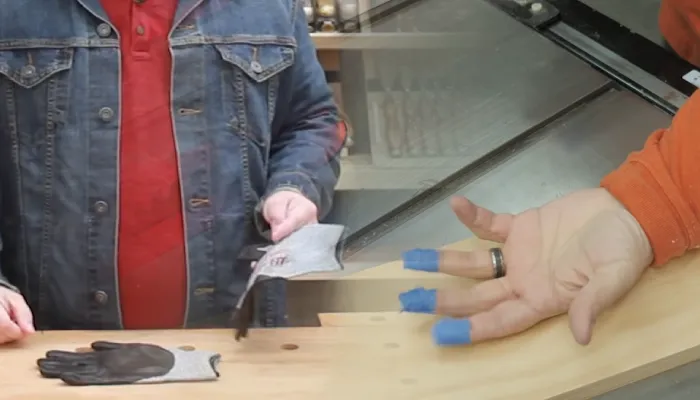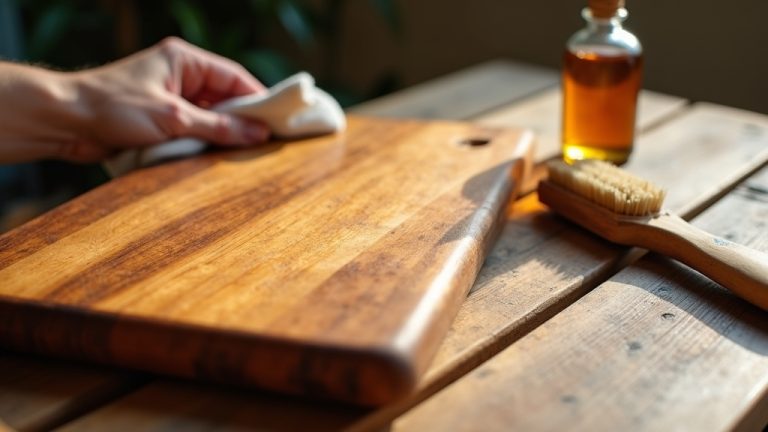Does a Table Saw Need a Riving Knife: 7 Reasons to Have One
When you are operating a table saw, the primary concern is safety. Among the components that contribute to a safe work environment, riving knives are especially important. But, do you really need a riving knife for every cut?
After doing extensive research, I found that a riving knife is essential for most standard cuts. Using a riving knife will help prevent kickback incidents and avoid material binding around the blade, thus reducing the risk of accidents.
Also, I found that there are situations where it’s advisable to remove the riving knife, such as when using stacked dado blades for dado or rabbet cuts. In these specific cases, removal is necessary.
I will explain why you should use a riving knife on your table saw so that you can operate it safely and confidently.
7 Crucial Reasons Why a Table Saw Needs a Riving Knife
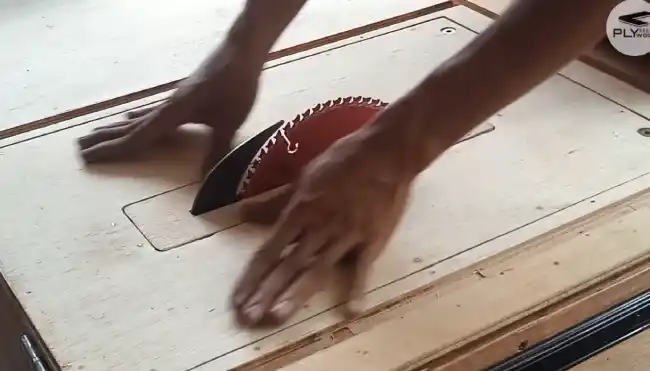
The following are the essential reasons that I have found that emphasize the importance of a riving knife for enhanced safety and precision when using a table saw.
- Preventing kickback
- Essential for various cuts
- Minimizing material binding
- Consistent safety measure
- Reducing the likelihood of a stock shift
- Compatibility with different blade heights
- Adoption as industry standard
Now, check out the indispensable insights into why a table saw needs a riving knife in detail.
1. Preventing Kickback
Regularly using a table saw without a riving knife significantly increases the risk of kickback. Kickback is a hazardous situation that occurs when the wood being cut closes in on the blade, causing it to be forcefully thrown back toward the operator. This can lead to severe injuries or even fatalities.
A riving knife is crucial in preventing kickback by keeping the kerf open and preventing the wood from pinching the blade. The riving knife moves up and down with the blade, making sure the space between them stays consistent. It acts as a safety barrier, reducing the likelihood of the wood binding and kickback occurring.
2. Essential for Various Cuts
Having a riving knife installed on your table saw is essential for maintaining a safe woodworking environment, especially when performing various cuts. Whether you’re making rip cuts or crosscuts, even cutting plastic with a table saw, the riving knife ensures that the material remains stable and prevents potential kickback.
This is particularly important when working with larger or thicker wood pieces prone to bending or twisting during cutting. The riving knife acts as a splitter, keeping the wood from closing in on the blade, which can cause a dangerous backlash.
By maintaining a consistent distance from the blade, the riving knife effectively prevents the wood from pinching, reducing the risk of accidents and injuries. It provides stability and control, allowing you to make accurate and precise cuts confidently.
3. Minimizing Material Binding
As you make cuts on the table saw, the wood can exert internal tensions that may cause the freshly sawn sections to close in on the blade. This binding can result in dangerous rebound and damage to the workpiece.
However, the riving knife acts as a preventive measure by maintaining a gap between the wood sections, preventing them from squeezing onto the blade. By keeping the kerf open, the riving knife significantly reduces the risk of material binding and kickback, ensuring a smoother and safer cutting process.
Without a riving knife, you expose yourself to the potential hazards of material binding, making it an essential safety feature for your table saw.
4. Consistent Safety Measure
In contrast to a splitter, the riving knife maintains a constant distance between its blade and the riving knife. This dynamic nature allows it to adapt to various cutting scenarios, ensuring a reliable and continuous safety measure.
With a riving knife in place, you can confidently make rip cuts without worrying about the material getting trapped between the blade and the fence, which can lead to dangerous kickback.
The consistent presence of the riving knife acts as a reliable barrier, preventing the blade from closing in on the wood and kicking back toward the user. In this way, the riving knife provides an essential and consistent safety measure for your table saw.
5. Reducing the Likelihood of a Stock Shift
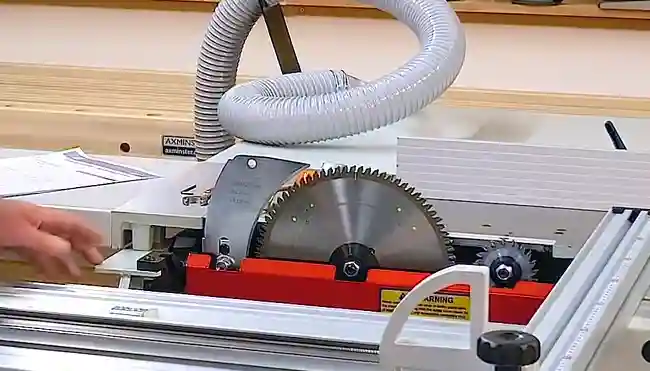
When cutting through wood, the material can move or twist during the process. This creates a dangerous situation where the wood gets caught in the blade, causing kickback or even injury to the operator.
However, a riving knife significantly reduces this risk. The riving knife acts as a barrier, keeping the stock aligned and preventing it from shifting into the blade’s path.
Its close proximity to the blade ensures that the wood is guided smoothly through the cut, maintaining stability and control. This feature is essential for safe and accurate woodworking operations.
6. Compatibility With Different Blade Heights
Due to the riving knife’s ability to adjust in height alongside the blade, it’s compatible with different blade heights for smooth and precise woodworking. This adaptability is essential when working on projects that involve varying material thicknesses.
Whether you’re making shallow cuts or deeper, more intricate ones, the riving knife remains effective. It ensures that the material is held firmly in place, reducing the likelihood of stock shift and kickback.
By aligning with the height of the blade, the riving knife prevents the workpiece from getting caught or pinched between the blade and the fence. This not only improves safety but also ensures clean and accurate cuts.
Without a riving knife, the risk of kickback and uneven cuts increases significantly, making it a necessary component for any table saw.
7. Adoption as Industry Standard
Riving knives have become a standard industry tool. According to my findings, Underwriter’s Laboratory requires riving knives on all new table saws sold in the U.S. since 2007.
The adoption of the riving knife as an industry standard reflects the recognition of its crucial role in preventing kickbacks and reducing the risk of severe injuries. Manufacturers have readily embraced this requirement, understanding the importance of prioritizing user safety.
The inclusion of a riving knife in table saws has become a norm due to its effectiveness in preventing the workpiece from binding onto the blade and causing dangerous kickback.
This industry-wide adoption has significantly reduced table saw accidents, making the riving knife an indispensable feature for woodworkers of all skill levels.
Where is the riving knife attached to a table saw?
The riving knife on a table saw is attached to the trunnion, which is located underneath the saw table. It is positioned behind the saw blade and is responsible for preventing kickbacks during cutting operations.
The height of the riving knife can be adjusted relative to the saw blade to maintain a gap of less than 1/4 inch. This ensures that the riving knife remains effective at various cutting depths and moves up and down with the saw blade.
When considering adding a riving knife to a table saw, it’s important to check whether your specific table saw model supports retrofitting with a riving knife.
Some older models might not be designed for this modification. If your table saw is compatible, you can typically purchase a compatible aftermarket riving knife kit from the manufacturer or third-party suppliers.
The process often involves attaching the riving knife to the trunnion assembly and adjusting its height according to the manufacturer’s instructions. Always follow the manufacturer’s guidelines and safety precautions when retrofitting or modifying your table saw.
What is the optimal thickness for a riving knife on a table saw?
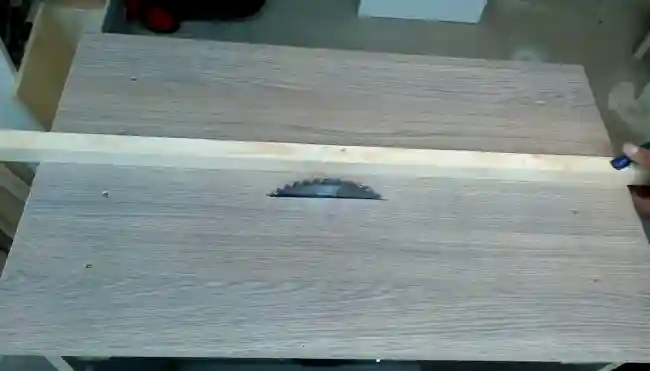
The ideal thickness of a riving knife on a table saw is just slightly thinner than the thickness of your blade kerf. A thickness of .090 inches is a popular choice among users, providing versatility for both thin and standard kerf blades.
It is crucial to choose the right thickness to ensure optimal performance and safety. A thick riving knife can compromise its effectiveness, so you should prioritize safety when choosing a riving knife.
Use a Quality Riving Knife on Your Table Saw for Safe and Efficient Operation
It’s now clear that a table saw absolutely needs a riving knife for safe and efficient operation. From preventing kickback incidents and minimizing material binding to providing a consistent safety measure, the riving knife is an indispensable component for any woodworking project.
Additionally, its compatibility with different blade heights and adoption as a standard safety tool further emphasize its importance. When choosing a riving knife, prioritize the optimal thickness that I’ve shared to ensure optimal performance and safety.
The key to a successful woodworking workshop is a well-equipped table saw with a properly selected riving knife.

